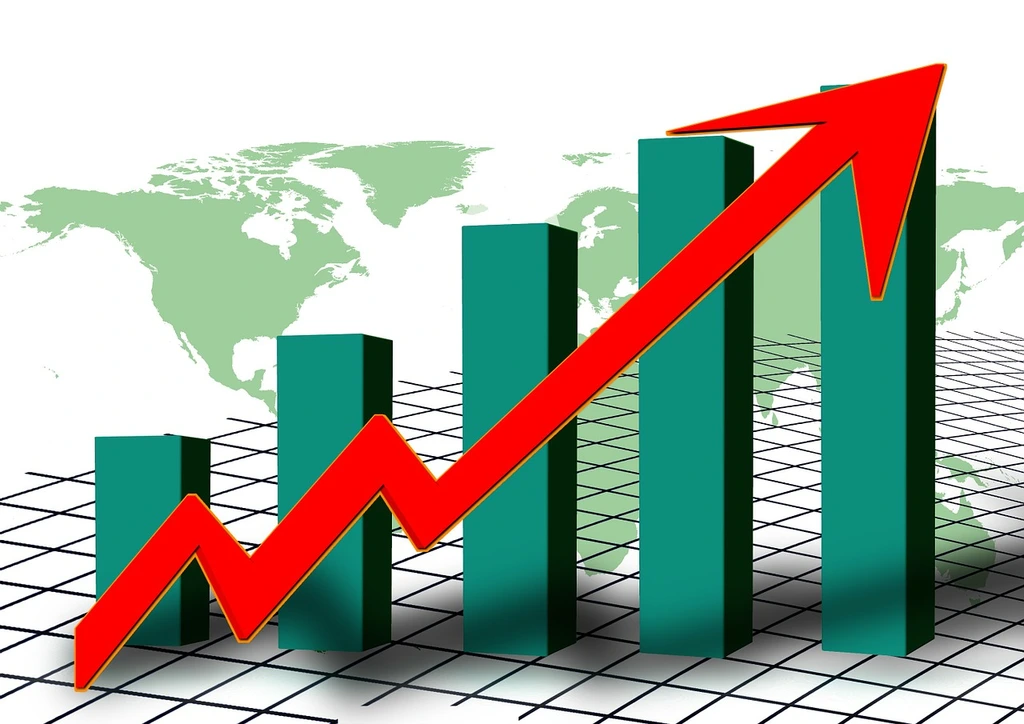Gross Domestic Product (GDP) is one of the most crucial economic indicators. We use it to measure the health and performance of a nation’s economy. It represents the total value of all goods and services produced within a country’s borders over a specified period. In other words, GDP is a measure of the economic output of a country, providing a snapshot of its economic well-being.
Understanding the Components of GDP
To comprehend the significance of GDP, it is essential to understand its components. GDP consists of four main categories:
- Consumption: This category includes all personal consumption expenditures. It measures the amount of money spent by individuals on goods and services.
- Investment: Investment represents the spending on capital goods, such as machinery, equipment, and structures, by businesses. It also includes residential investment, which accounts for investment in housing.
- Government Spending: Government spending refers to the expenditures made by the government for public purposes, such as defense, education, and infrastructure development.
- Net Exports: Net exports account for the difference between a nation’s exports and imports. A positive value indicates that a country’s exports exceed its imports, resulting in a trade surplus, while a negative value suggests a trade deficit.
The Significance of GDP:
GDP plays a vital role in understanding the overall health and performance of an economy. Here are a few reasons why GDP is of utmost importance:
- Economic Growth: GDP is a measure of the rate of economic growth. A higher GDP indicates a robust and expanding economy, while a lower GDP suggests a sluggish economy. Governments and policymakers rely on GDP figures to formulate appropriate economic policies and strategies to foster growth.
- Standard of Living: GDP per capita, obtained by dividing GDP by the population, serves as an indicator of the average standard of living. Higher GDP per capita often correlates with better infrastructure, education, healthcare, and overall quality of life.
- Investment Opportunities: Investors consider GDP as a critical factor when making investment decisions. A growing economy with a high GDP often indicates potential investment opportunities and market stability, attracting both domestic and foreign investors.
- Employment: GDP growth is closely tied to job creation. A flourishing economy attracts businesses and stimulates employment opportunities. Also reduces unemployment rates and improving livelihoods for its citizens.
- Policy Analysis: Governments and policymakers use GDP data to analyze the effectiveness of past policies and adjust future strategies accordingly. By monitoring changes in GDP, they can identify areas of weakness or strength in the economy and implement necessary measures to achieve desired outcomes.
- International Comparison: GDP allows for easy cross-country comparisons. It enables economists and policymakers to assess and compare the economic performance and development level of different countries, facilitating international cooperation and trade agreements.
The Limitations of GDP
While GDP offers valuable insights, it also has certain limitations that need to be considered:
- Quality of Life: GDP does not take into account factors such as income inequality, distribution of wealth, or overall quality of life. It provides a macroeconomic measure but does not reflect the well-being of individuals or social progress.
- Informal Economy: GDP may not capture the full economic activity in informal sectors. It includes cash transactions and unreported income, which can provide an inaccurate picture of the true economic output.
- Environmental Impact: GDP does not consider the environmental costs resulting from economic activities. It fails to account for natural resource depletion, pollution, and other negative externalities.
- Non-Monetary Transactions: GDP focuses on monetary transactions and excludes non-market activities, such as volunteer work, household production, and leisure.
Calculating Gross Domestic Product
GDP is calculated using either the expenditure approach or the income approach. The expenditure approach, which is commonly used, involves summing up the value of all final goods and services purchased by consumers, businesses, and the government.
The income approach, on the other hand, calculates GDP by adding up the incomes earned by individuals and businesses during a given period. This includes wages, profits, rents, interests, and other forms of income.
Gross Domestic Product (GDP) is a critical measure that provides valuable insights into the health, growth, and performance of an economy. It serves as an essential tool for governments, policymakers, investors, and economists to understand the overall well-being of a country. However, it is crucial to acknowledge its limitations and consider additional indicators to gain a comprehensive understanding of economic development and progress.





















